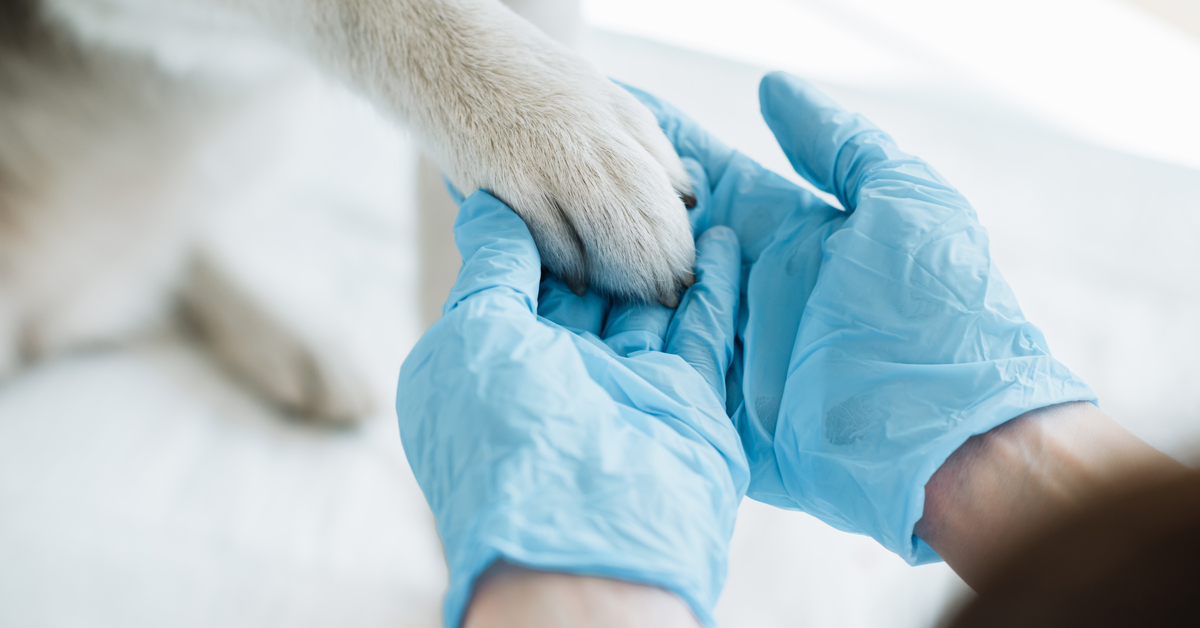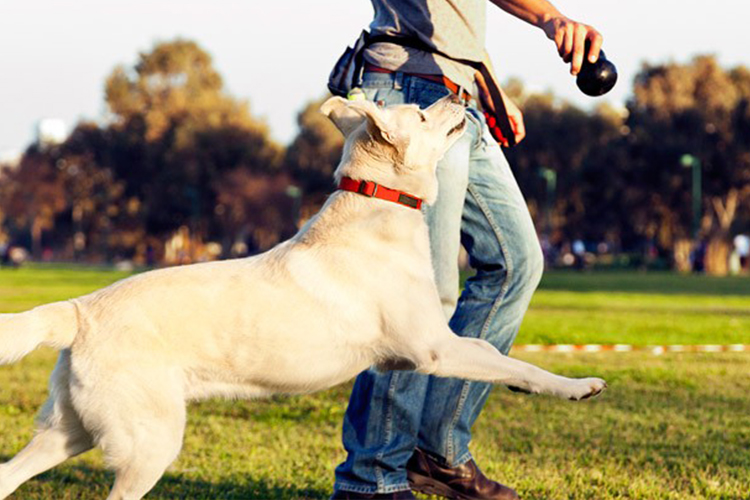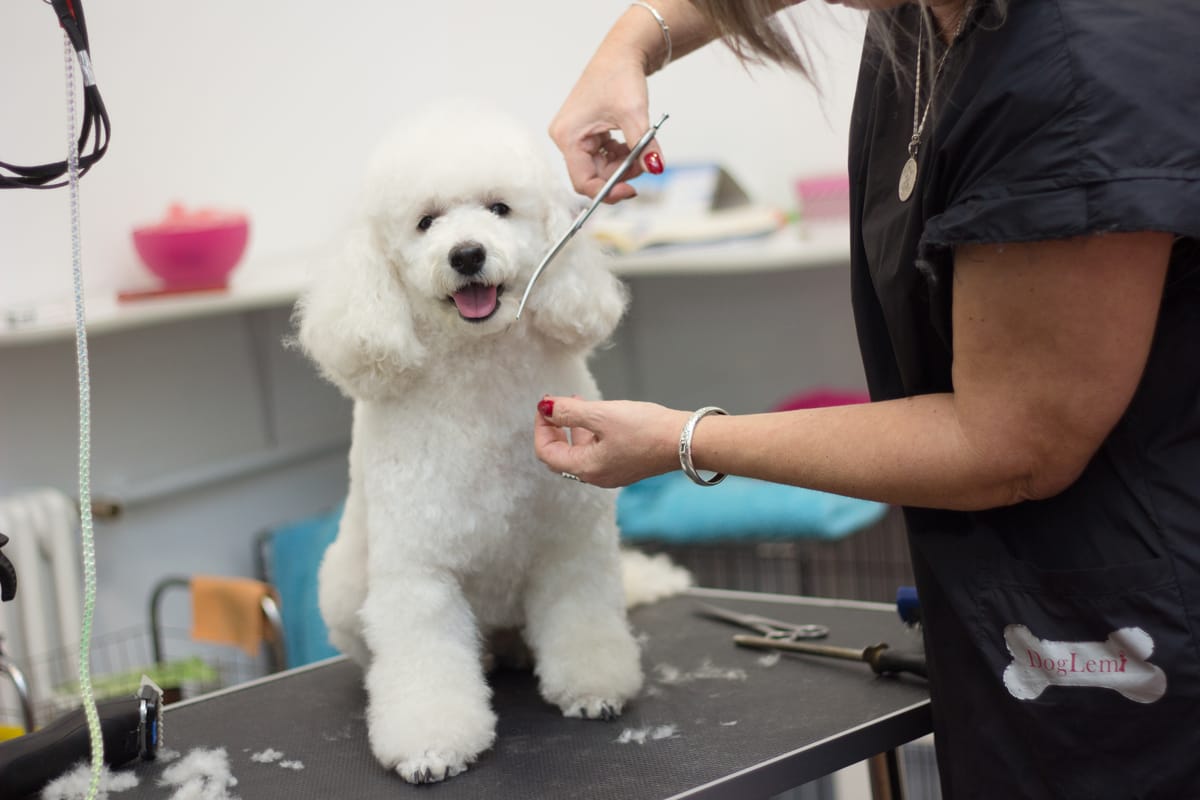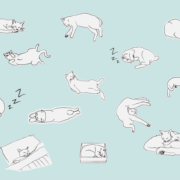The pandemic has shifted virtually every area of our lives, and that includes the time that we spend with our pets. Pet industry professionals from dog walkers to veterinarians are no exception to this “new normal.”
Dog walkers struggled to find work as most of their clients stopped going into the office; Working from home meant being able to walk their own dogs. Veterinarians found it hard to keep up with demand with so many new pets adopted in the early months of the pandemic. Similarly, dog trainers leaned into Zoom to connect with clients and their dogs virtually while maintaining social distancing.
While pandemic restrictions have loosened, some professionals in the pet industry are still overwhelmed, overbooked, and — in the case of many dog walkers and pet sitters — underemployed.
Veterinary Crisis

In 2020 money spent on veterinary care in the United States increased by 7.2% with a total of $31.4 billion. Anyone who tried to access veterinary care for their pet in the last fifteen months, however, was likely left overwhelmed and more than a little frustrated.
One of the pet professionals most deeply impacted by the pandemic has been veterinary staff. When my own dog had a medical emergency, I was horrified to learn that the emergency veterinary clinics in my city (Portland, Oregon) were on “full diversion”. This means that regardless of how severe the medical condition, they couldn’t see any other patients. Instead, they were checking vitals and referring clients to an emergency clinic in a neighboring city that had an over 13-hour wait time.
Thankfully I was able to text my dog’s veterinary specialist and get her seen via telemedicine in the middle of the night. Unfortunately, many people don’t have access to that kind of connection for support.
High demand, low capacity

Adoptions were on the rise in 2020 with what many pet industry professionals refer to as “pandemic puppies.” A Pulse Study by the American Pet Products Association showed that 12.6 million U.S. households brought a new pet into their home last year.
All of those new pets need at minimum general veterinary care like vaccines and physical exams. As a result, veterinary clinics across the country were pushed to and beyond capacity. “Pandemic pets” have been a major part of what has fueled this shortage of veterinary care services.
Pet owners are also seeing increased wait times for accessing even standard appointments. This means that routine appointments for vaccines are scheduled weeks or even months in advance. Minor illnesses like ear infections are sometimes treated in emergency veterinary clinics and veterinary urgent care centers instead.
In an interview with USA Today Dr. Douglas Karatt, president of the American Veterinary Medical Association, explained that the delays pet owners are experiencing at the vet are connected to the increased number of adoptions in 2020. The increased amount of time people spend at home — giving them more opportunities to take note of possible health issues that may have previously been missed — also contribute to delays. Clinics adjusting to new pandemic-related protocols like curbside drop-offs take extra time as well.
For those within the clinic, social distancing can be tricky. Some DVMs are increasing or beginning to offer telemedicine appointments for follow-ups with existing patients and triaging new cases.
Because of an increase in demand for services, coupled with staffing challenges that have plagued most industries and the need to reduce capacity for social distancing, many veterinary clinics across the country cannot take new patients.
Dog Trainers

An exciting shift that has come from the pandemic is the increase in virtual training programs from basic manners to competitive dog sports. Dogs and people are able to participate remotely from the safety of their homes. Organizations like the American Kennel Club now offer virtual titling (for purebred and mixed breed dogs) in sports like agility, scent work, obedience, rally, and tricks.
Not only is this a way for people to safely get involved in a socially distanced setting, but it also opens the possibility of participating in dog sports for dogs who are reactive or otherwise uncomfortable in a traditional dog show environment.
Transitioning to virtual individual sessions and group classes were on the rise for trainers, many of whom saw a significant increase in demand for support. With more people working from home, pet parents sought support for behavioral challenges like excessive barking they maybe hadn’t been aware of, or had been able to ignore when they worked outside of the home.
Similarly, many people adopting new dogs found themselves needing support from trainers for everything from basic obedience skills to behavioral challenges like reactivity or leash aggression.
Survey says
The Association of Professional Dog Trainers (APDT) conducted a member survey about how our businesses faired during the pandemic. In The Chronicle — the organization’s trade magazine, APDT shared that 57% of dog trainers who participated in the study said their business fared better than they had anticipated during the pandemic. However, 36% of trainers responded that their business fared worse or even closed during the pandemic.
The APDT study also noted that amongst their members, trainers reported needing to substantially shift their business model. This includes moving group lessons to outside locations where people can be distanced, as well as starting or increasing virtual lessons.
Dog Walkers, Pet Sitters, and Groomers

In 2020 Americans spent $8.1 billion on services such as grooming, dog walking, and boarding — this represents a 21.4% decline from 2019. This decrease is attributed to COVID-19 restrictions that left more people spending time at home with their pets. As a result, nonessential businesses shut down for weeks or even months.
Dog walkers and pet sitters were particularly impacted by the pandemic as more people worked from home. Being home to walk their own dogs and canceling planned travel eliminated the need for such services.
Navigating regulations and safety recommendations has been challenging for many pet professionals. The National Association of Professional Pet Sitters suggested their members create emergency plans to do contactless visits. They also recommend making plans with clients in case a pet owner is quarantined while traveling, and what will happen with the care of the pet if the owner needs to be away longer than initially expected.
VCA hospitals provided guidance for dog walkers on how to stay safe with social distancing, masking, and handwashing, reminding them that if long-term clients were to get sick, they might seek out the services of their walker to keep their dogs exercised until they are well.
Essential workers?

What is considered an essential service is up for debate when it comes to pet care. Some areas considered dog groomers to be “essential” workers, allowing them to be open during the strict COVID lockdowns, while other communities deemed grooming nonessential.
Dog sitting and dog walking are unregulated industries. Therefore, national numbers are hard to come by that determine how many pet sitters and dog walkers became unemployed or needed to shift their business to other gig economy jobs, such as driving for Lyft/Uber, or seeking other employment opportunities as a result during the pandemic.
In it for the long haul
Although coronavirus vaccines are readily available in communities across the country, particularly with the rise of the Delta variant, none of us really know when this pandemic will end.
Americans are still spending more than ever on supplies and care for our pets. What remains to be seen is how pet professionals will need to continue to adapt to the “new normal” to meet shifting needs, higher demand, and new challenges.

